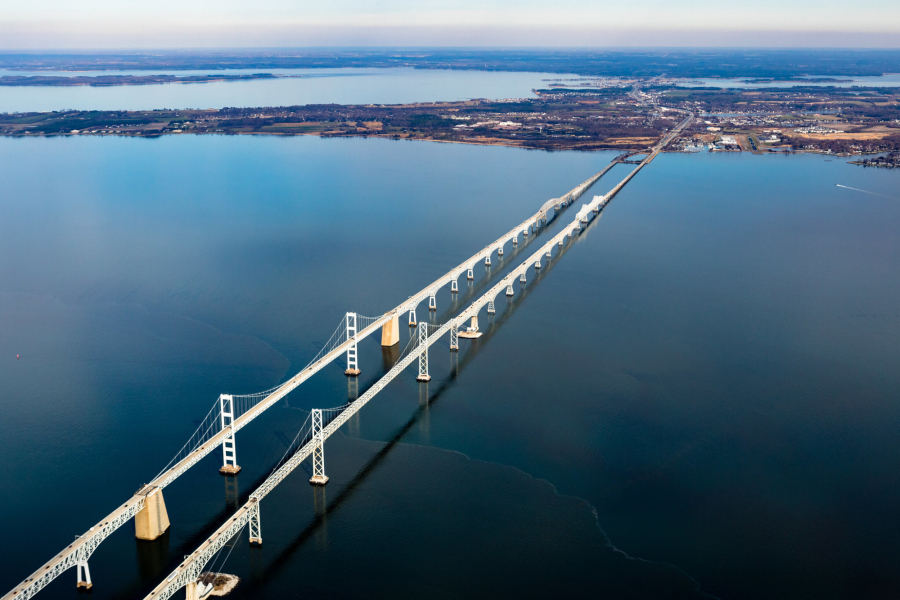2022 survey results show Bay Program partnership’s continued challenge to increase racial diversity
While the percentage of people of color rose slightly overall, the percentage in leadership fell as workgroup efforts achieved the highest response rates yet

In 2022, the Chesapeake Bay Program’s (CBP’s) Diversity Workgroup distributed a survey designed to gather information about the diversity of people within the CBP partnership. This survey, the third since this initiative began in 2016, went out to about 1,000 people within the partnership. The Diversity Workgroup, a diverse team of government, nonprofit, academic and business leaders from around the watershed, is dedicated to meeting the Diversity Outcome in the 2014 Chesapeake Bay Watershed Agreement by engaging underrepresented populations in conservation and restoration efforts, promoting environmental justice and expanding employment opportunities for underserved individuals and communities.
The results of the 2022 survey show that 15% of respondents self-identify as people of color, up slightly from the baseline of 13.6% in 2016. Within leadership, that percentage fell to 7.7% from 9.2% in 2016, but neither of these changes is statistically significant. “Leadership” included members of the Principals’ Staff Committee and Management Board, as well as chairs, co-chairs and vice chairs of goal implementation teams, workgroups and advisory committees. For the 2022 survey, the Diversity Workgroup used a more systematic approach to follow-up, which helped increase the response rate from 38% in 2019 to 52% in 2022. This improves the accuracy and reliability of the survey data.
This data reinforces the need for further work to reach the target of increasing the percentage of self-identified people of color within the Bay Program to 25% by 2025, including 15% of leadership. The Bay Program has chosen to focus first on racial and ethnic diversity due to low representation of communities of color in the environmental field and the high impact of environmental justice on them, in keeping with the Bay Program’s Diversity, Equity, Inclusion and Justice Strategy. However, the diversity survey also gathered information about other important characteristics of diversity such as age, gender, sexual orientation and disability.
When diversity is factored into the planning and implementation of conservation and restoration work, this work is more likely to benefit all watershed communities. Increasing the inclusion of previously underrepresented communities in our work fosters creativity, drives innovation and ensures all people in the watershed can share in the vibrancy of the region. However, increasing diversity is only one part of the Diversity Workgroup’s efforts. Along with a variety of other projects, the workgroup is exploring options for new metrics to determine the impact, equity and justice of Bay Program efforts.
To learn more about efforts to increase diversity in the Chesapeake Bay Program and view the full survey data, visit ChesapeakeProgress, which tracks progress toward the goals and outcomes of the Chesapeake Bay Watershed Agreement.

Comments
how to expand job opportunities?
Thank you!
Your comment has been received. Before it can be published, the comment will be reviewed by our team to ensure it adheres with our rules of engagement.
Back to recent stories